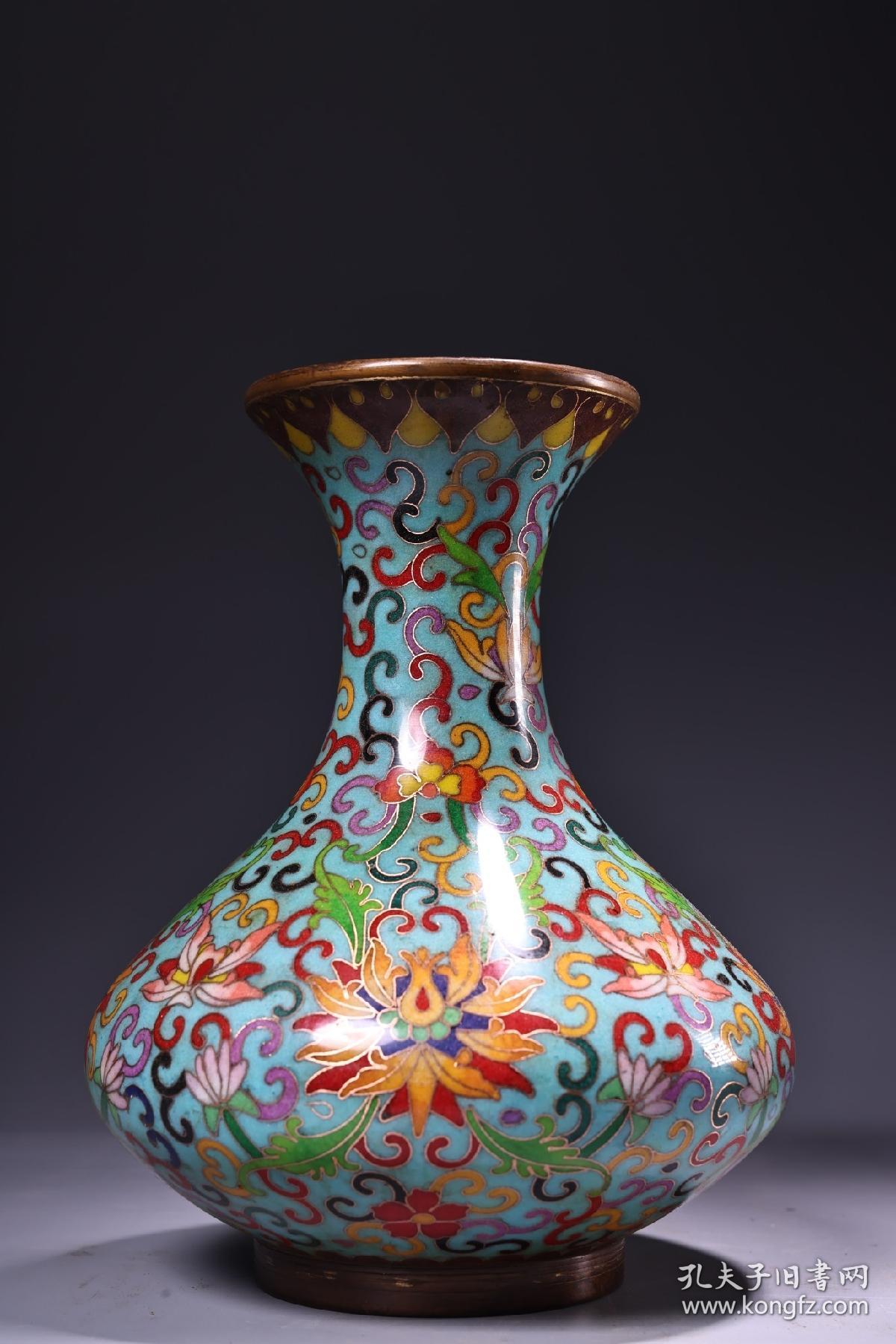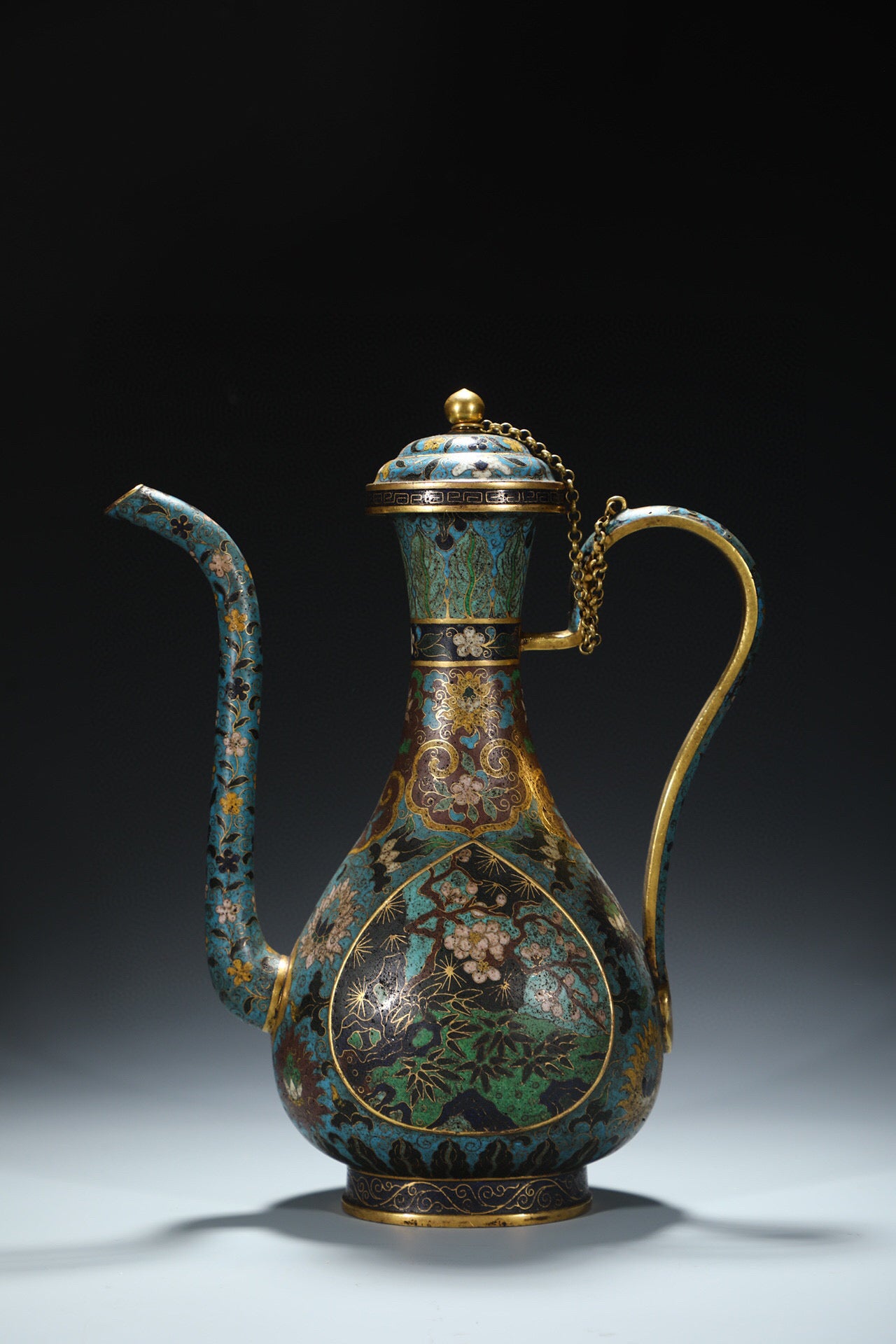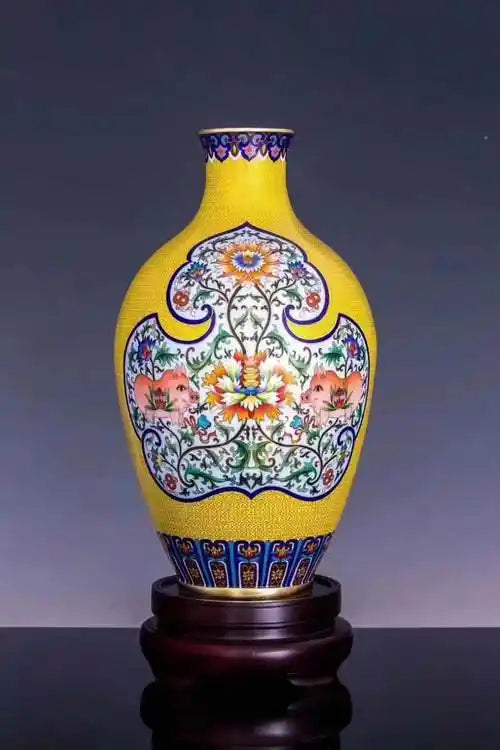东方道器
中国非遗-景泰蓝 Chinese Intangible Cultural Heritage - Cloisonn é
中国非遗-景泰蓝 Chinese Intangible Cultural Heritage - Cloisonn é
Couldn't load pickup availability
Cloisonné Enamel Craftsmanship (ICH·National Level, No. Ⅷ-43) 景泰蓝制作技艺(国家级非遗·编号Ⅷ-43)
I. Historical Origins 历史渊源
Emergence & Flourishing:
Cloisonné (copper-bodied filigree enamel) originated in the Yuan Dynasty (1271–1368), evolving from Arabian enamel techniques. It gained its Chinese name Jingtailan during the Ming Jingtai era (1450–1456) due to its signature peacock-blue glaze and technical maturity. By the Qing Qianlong period (1736–1795), it reached its zenith as the royal court's exclusive craft .
起源与兴盛:景泰蓝(铜胎掐丝珐琅)源于元代,由阿拉伯珐琅工艺传入中国,明代景泰年间(1450-1456)因釉色以孔雀蓝为主且工艺臻于成熟而得名。明清时期成为皇家御用工艺,清代乾隆年间发展至顶峰。
ICH Recognition:
Listed in China’s inaugural National Intangible Cultural Heritage Inventory in 2006 (Code Ⅷ-43), with Beijing’s Dongcheng District as the core preservation area and traditional workshops surviving in Dachang County, Hebei .
非遗历程:2006年列入首批国家级非遗名录,北京东城区为核心传承地,河北大厂等地亦存续传统工坊。
II. Technical Features 工艺特征
Six Key Processes:
Body Casting: Hammering red copper into shape to form the vessel’s structure ;
Filigree Work: Hand-twisting flattened copper wires into motifs (e.g., dragons, lotuses) and adhering them to the body with Bletilla striata gum ;
Enameling: Filling compartments with enamel glaze, requiring 5–7 rounds of filling and firing ;
Firing: High-temperature sintering at 800°C to melt and fuse the glaze ;
Polishing: Rough grinding with sandstone, fine polishing with whetstone, and buffing with charcoal ;
Gilding: Electroplating pure gold to prevent oxidation and enhance splendor .
六大工序:
制胎:红铜锻打成型,奠定器物轮廓;
掐丝:扁铜丝手工掐制纹样(如龙凤、莲花),以白芨胶粘接胎体;
点蓝:填入珐琅釉料,单件作品需反复填烧5-7次;
烧蓝:800℃高温烧结,釉色熔融流动;
磨光:粗砂石去糙,黄石细磨,木炭抛光;
镀金:电镀纯金,防氧化增华贵。
Material Standards:
Requires highly malleable red copper for the body and glaze containing quartz, borax, and cobalt (for traditional blue hues) .
材质标准:铜胎须用延展性极佳的紫铜,釉料含石英、硼砂等矿物,传统蓝色釉料含钴元素。
III. Artistic Significance 艺术价值
Imperial Aesthetics:
Celebrated for its “form, pattern, color, and luster.” Ming masterpieces like the Five-Phoenix Crown blended engraving with enamel, while Qing works such as the Dragon-Handled Censer with Lotus Scrolls showcased intricate filigree artistry .
宫廷美学:以“形、纹、色、光”四絕著称,如明代“五凤冠”融合錾刻与珐琅彩,清代“缠枝莲纹龙耳炉”展现繁复掐丝工艺。
Cultural Symbolism:
Dragon-phoenix motifs symbolize imperial power and yin-yang harmony, lotus patterns represent purity, and geometric designs echo Daoist cosmology .
文化符号:龙凤纹象征皇权与阴阳调和,莲花纹寓意高洁,几何纹暗合道家宇宙观。
IV. Contemporary Revival 现代传承
Innovations:
Flat Artistry: Transforming 3D forms into cloisonné murals (e.g., Dream of Lotus), using gold/silver wires to create minimalist compositions ;
Tech Integration: 3D-printed replicas of traditional patterns and AR-powered digital exhibitions of glaze evolution .
技术创新:
平面化:突破立体胎体限制,开发掐丝珐琅壁画(如《荷梦》),以金银丝勾勒留白意境;
科技赋能:3D打印复刻传统纹样,AR技术数字化展示釉色演变史。
Epilogue 结语
From its exotic origins to modern-day diplomatic gifts, cloisonné embodies an Eastern aesthetic forged through phoenix-like rebirth in flames. As millennia-old copper meets digital innovation, this “metal embroidery” continues its legacy through the fusion of tradition and creativity .
从元代的异域风韵到当代的国礼重器,景泰蓝以“火中涅槃”的匠魂淬炼东方美学。当千年铜胎邂逅数字浪潮,这场“金属刺绣”正以新旧交融的姿态续写传奇。
Share















